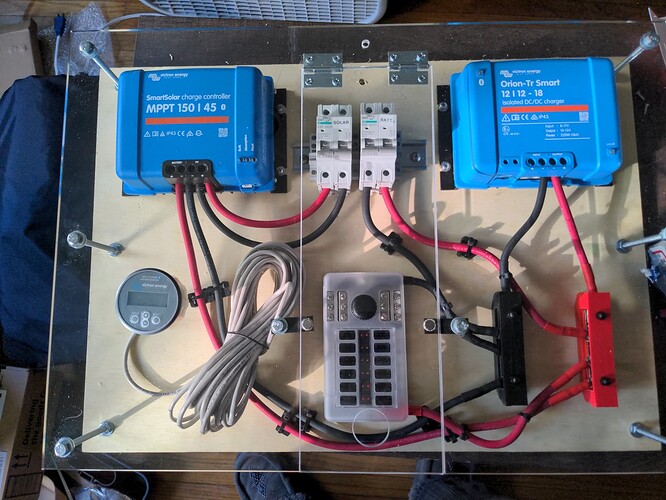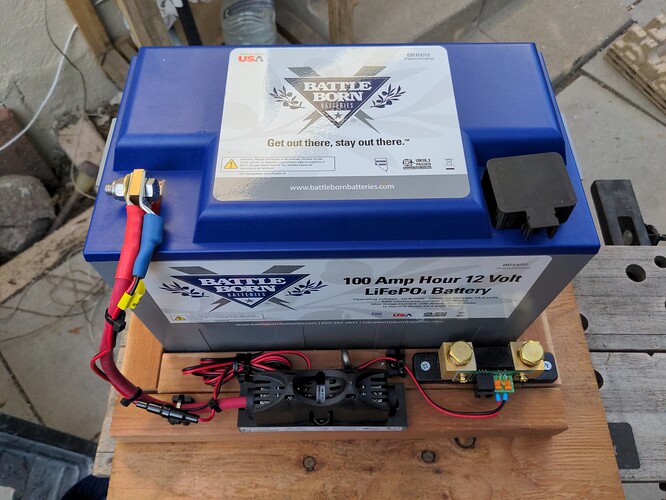I am going to use something similar to that for my DC fuse/distribution for all the other bits, definitely.
For main battery protection though, blade fuses don’t have enough Ampere Interrupt current, what I’ve seen its about 1kA . Which in a short situation lithium batteries, assuming the BMS fails fused closed as well, can put out well over 1,000A.
ANL is 6kA interrupt, which is a lot better, and probably more or less OK for a single 100Ah battery.
Class T is 20kA interrupt which should be well over what a single 100Ah can manage even if the BMS fuses closed.
Breakers I’d have to look, but most of them, especially this common style seem to be a moderate range. Probably more than sufficient, honestly, for the 7-pin mount since that’s coming from the car alternator/12v lead-acid starter battery, but for the lithium side of things where Very Bad Things can happen with a short, I’m thinking I want way, WAY overspecced safety. Probably more than a bit of paranoia involved, but it’s a relatively low cost compared to the rest of the system, not even counting the trailer itself.
Really all depends on how much power your source can dump in the case of a major short, as to what the amp interrupt capabilities need to be. In most cases breakers are probably fine.
I’m thinking I might switch to ANL for the line from the 7-pin, but going to keep the Class-T on the lithium side, swap it up to 80a which is still under the max rated power draw, and a fair bit above my expected max power draw.
EDIT: So for this older (2013 video) of a Calb 180Ah grey cell, and was hitting over 2200 sustained amps from a single cell. ~12.2C, rounding to 15-20C to be paranoid, after all a spanner is probably a moderate resistance. Larger (per individual cell) than the Battleborn, true, but newer cells might very well be able to dump higher amps, even with smaller cell size. Assuming the BMS fails of course, which is unlikely, but this is a WORST case scenario, everything that can possible go wrong in the worst possible way has, is what I’m talking about.

